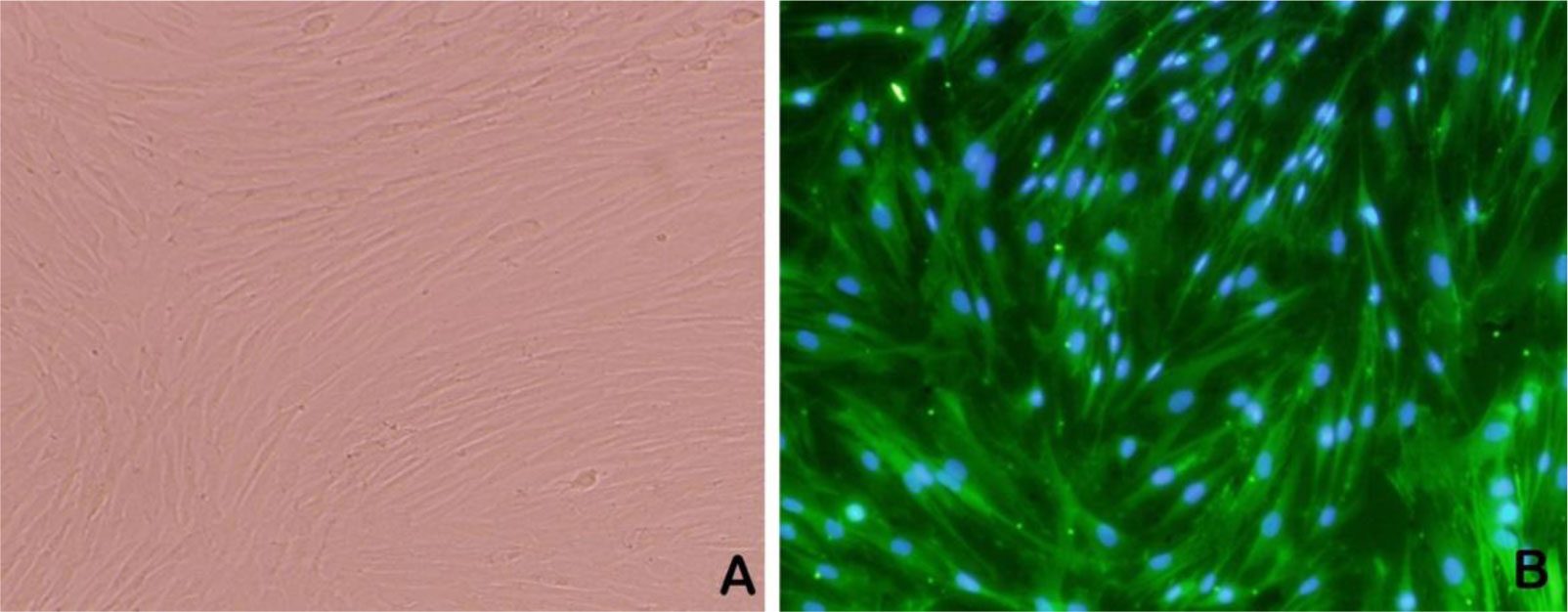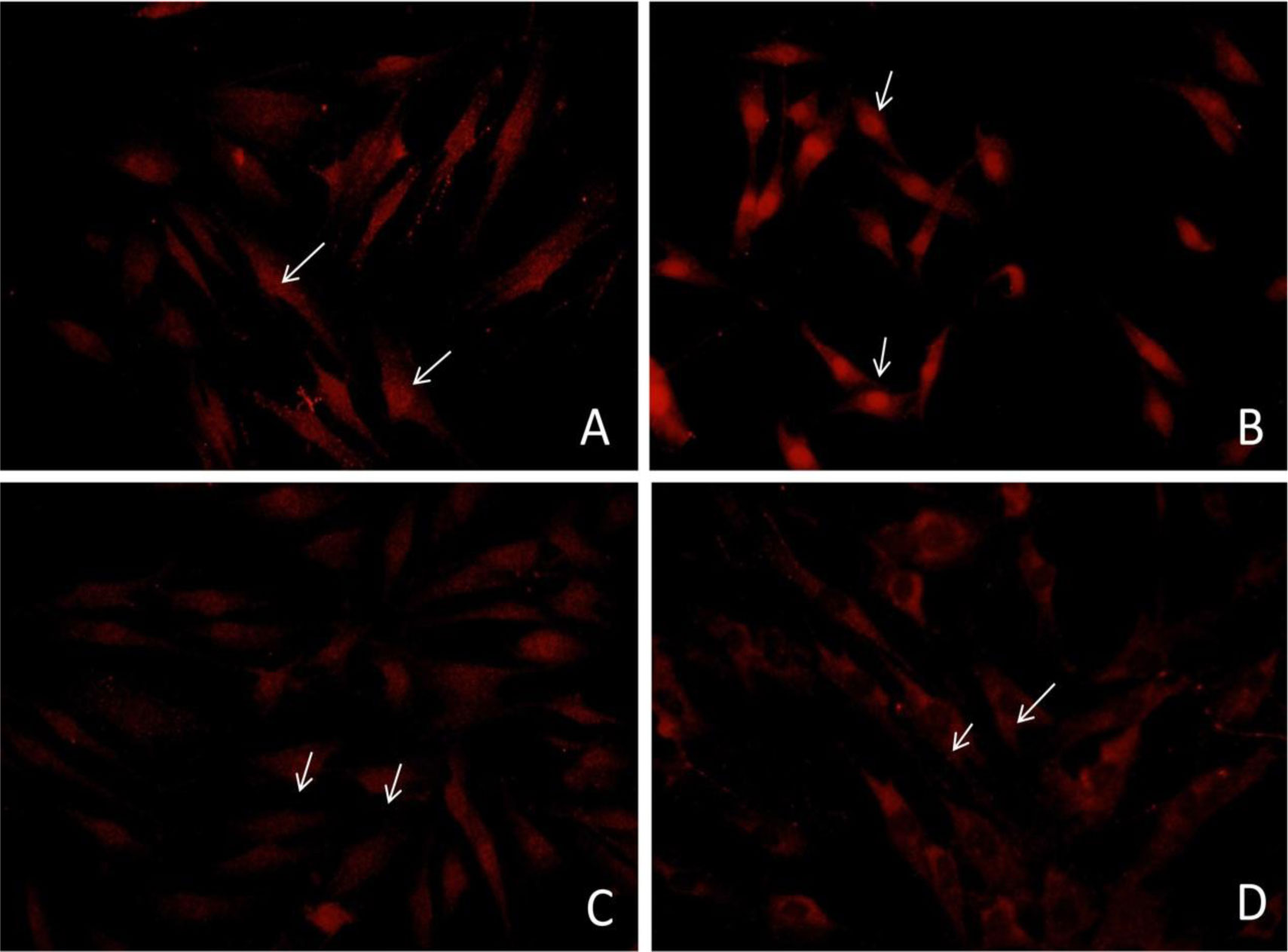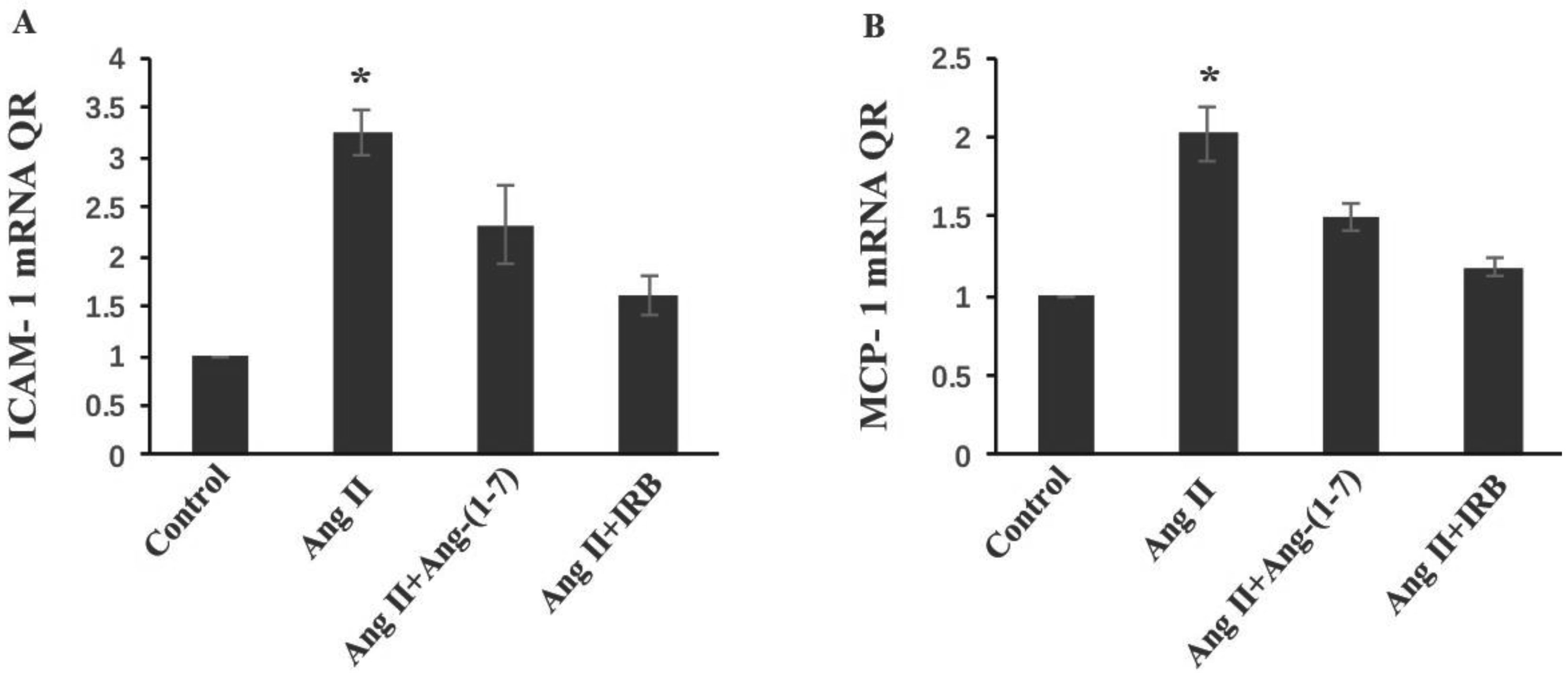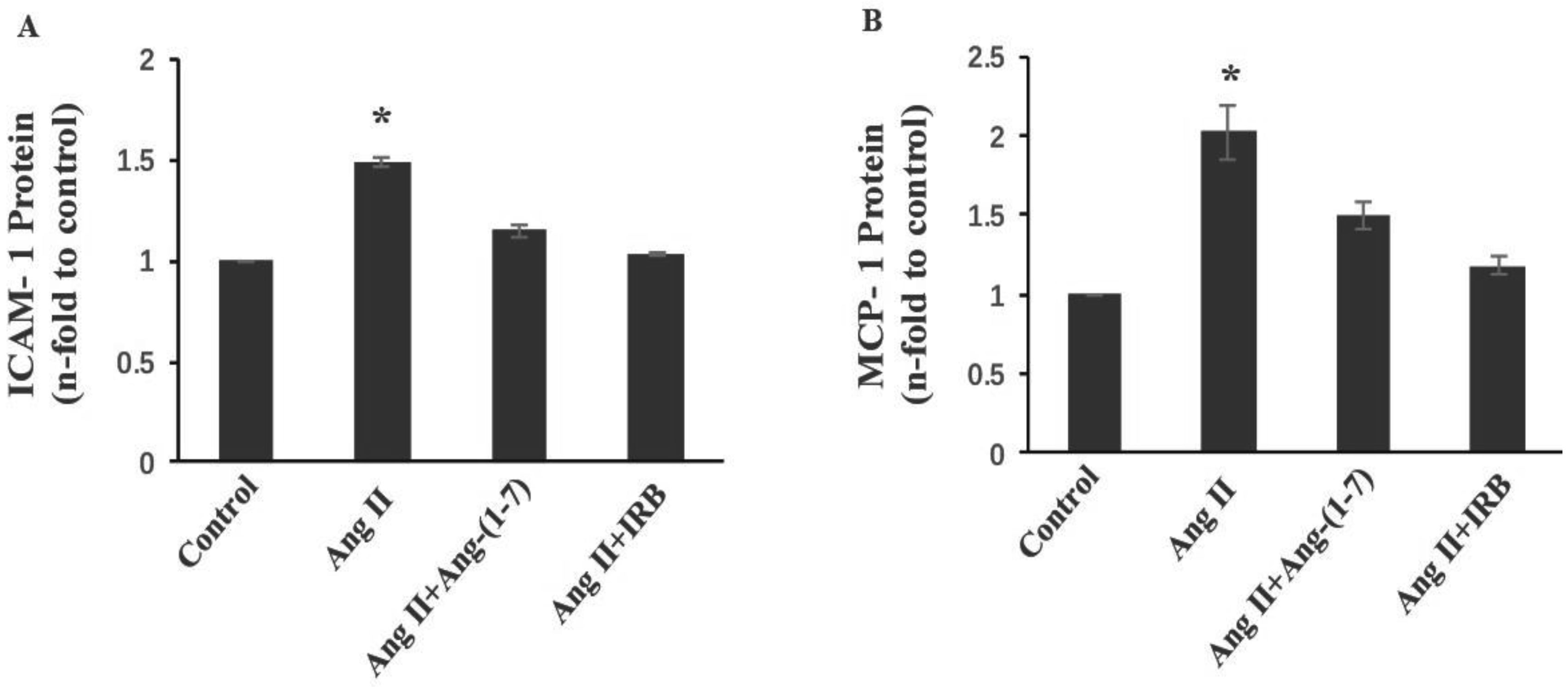1. Introduction
Approximately 300 million people worldwide suffer from asthma [2], and the number of asthma patients is estimated to increase to 400 million by 2025, which will remarkably increase the human and social financial burden [3]. Although airway narrowing in lung is the final common pathway that leads to physiological changes and associated symptoms in asthma, the chronic inflammation of the conducting zone in airway is considered to be responsible for the increased contractibility of the airway smooth muscle [4].
In asthma, the inflammation in lung airway requires integrated responses from various cell types when exposing to pathogens, viruses, and bacteria [5]. Cell types such as bronchial epithelial cell, eosinophil, and mast cell have been reported to be involved in the airway inflammation of asthma [6]. The airway smooth muscle cell (ASMC), which once was considered as a solo target of the inflammatory process, however, being demonstrated by growing evidences that it might be a contributor of secretion of pro-inflammatory mediators, and a crucial source of chemokines [7,8,9], thereby indicating its potential functions both in inflammatory and immunomodulatory processes [10,11].
The renal renin angiotensin system (RAS), which is characterized by elevated expressions of angiotensin converting enzyme and angiotensin [1] II, has been found to involve in inflammation process in various human organs such as kidney [12], Heart and Vascular [13]. Ang II is the main peptide of RAS, previous studies have reported that Ang II acts as a true cytokine to regulate cell growth, inflammation and fibrosis [14]. Emerging evidences also demonstrate that Ang II plays crucial roles in regulating cytokines secretion by vascular SMC [15,16,17]. However, the effect of Ang II on regulating cytokines secretion by ASMC has not yet been explored. In this study, we aimed to investigate the effect of Ang II on the expression level of cytokines, intercellular adhesion molecule-1 (ICAM-1) and monocyte chemoattractant protein-1 (MCP-1) in human ASMC (HASMC), for better understanding the contribution of Ang II in ASMC inflammation.
2. Method
2.1. Ethics statement
This study was approved by the Ethics Committee in Nanfang Hospital, Southern Medical University (NFEC-201109-K1). Written consent was obtained from each patient who participated in the study.
2.2. Cell isolation and culture
HASMC were obtained from the lobar or main bronchus of lungs in patients who received lung resection. Isolated HASMCs were cultivated as primary culture using Dulbecco's modied Eagle's medium (DMEM; Hyclone), 10% fetal bovine serum (FBS; Hyclone), 100 U/ml penicillin and 100 U/ml streptomycin according to the previous studies [18,19]. The phenotype of cells was identified performed with immunofluorescence. Cells were stimulated with Ang II (10−7 mol/L, 24 h), co-treatment with Ang II and Ang-(1-7) (both were 10−7 mol/L, 24 h), or co-treatment with irbesartan (IRB) and Ang II (first 10−5 mol/L of IRB for 30 min, afterwards 10−7 mol/L of Ang II for 24 h), respectively. Cells in control group were incubated only with medium. Stimulated cells and culture supernatants were collected for subsequent molecular experiments.
2.3. Immunofluorescence analysis of nuclear factor-kappa B (NF-κB p65)
To observe the nuclear translocation of the NF-κB p65 subunit, HASMCs were cultured and stimulated with Ang II, Ang-(1-7), or IRB using the aforementioned procedure. Cells monolayers grown on six-well chamber slides were fix with 4% paraformaldehyde for 10 min, and then washed with PBS for three times, followed by permeablilized in 0.1% Trixton X-100 for 5 min, then washed with PBS for three times, blocked with 10% BSA for 1 h, and further incubated with the rabbit polyclonal antibody against NF-κB p65 (1:100 dilution) in blocking buffer overnight at 4 °C. Cells were rewarmed to 37 °C and washed with PBS, then incubated with Cy3-labeled Goat Anti-Rabbit IgG in blocking buffer for 30 min at 37 °C. After being washed with PBS for three times, cells were incubated with DAPI (Weijia technology co. Ltd, China) and diluted in PBS (10 ng/ml) for 20 min, and then washed with PBS for three times. Immunofluorescence images were detected performed with an inverted fluorescence microscope (Olympus, Japan).
2.4. Real-time polymerase chain reaction (PCR)
Total RNA was isolated from the stimulated HASMCs using RNAiso Plus kit according to the manufacturer's instruction. Primers for MCP-1 (NM_002982.3) and ICAM-1 (NM_000201.2) were designed by Primer 5.0 software (Table 1). The cDNA was generated by the PrimeScript® RT reagent kit (Takara Biotechnology Co., Ltd, Japan) and synthesized for the subsequent PCR analysis. Real-time PCR analysis was performed by using SYBR-Green-based assays with the ABI 7500 Real-Time PCR System (Applied Biosystems, Foster City, CA, USA). The concentration of primer used in each reaction was 0.4 µM. Cycling conditions were described as follows: Step 1, 95 °C for 30 sec; step 2, 95 °C for 5 sec and 60 °C for 34 sec; step 3, 95 °C for 15 sec, 60 °C for 1 min and 95 °C for 15 sec, with repetition of step 2 up to 35 times. Data were collected and analyzed by the 7500 software v2.0.4 by using a standard curve. GAPDH was used to normalize he relative quantitation of gene expression.
Table 1. Primers used in the real time PCR analyses.
| Gene name |
Accession no |
Primer |
Size (bp) |
| ICAM-1 |
NM_000201.2 |
5′-GGACACTTGCTGCTGGTGATTC-3′ |
136 |
| 5′-CCAAGAGGAAGGAGCAAG-3′ |
| MCP-1 |
NM_002982.3 |
5′-GCTCATAGCAGCCACCTTCATTC-3′ |
147 |
| 5′-GGACACTTGCTGCTGGTGATTC-3′ |
| GAPDH |
NM_002046.5 |
5′-GCACCGTCAAGGCTGAGAAC-3′ |
138 |
| 5′-TGGTGAAGACGCCAGTGGA-3′ |
2.5. Enzyme linked immunosorbent assay (ELISA)
To explore the effects of Ang II, Ang-(1-7) and IRB on airway inflammation in vitro, expression levels of MCP-1 and ICAM-1 in culture supernatants were measured, respectively. HASMCs were cultured and stimulated with Ang II, Ang-(1-7), or IRB using the aforementioned procedure. After 24 h of simulation, culture supernatants were collected, and ELISAs of collected culture supernatants were performed according to the manufacturer's instruction (Boster Biological Technology co. ltd, USA). Absorbance of each sample was measured at 490 nm performed with ELISA reader (Model 5501, BIO-RAD, USA).
2.6. Statistical analyses
All values were presented as the means ± standard deviations (SD). One-way analysis of variance (ANOVA) was used to analyze the difference between four groups, and post-hoc multiple comparisons were used to compare the difference between any two groups. All data were analyzed performed with the Statistical Package for Social Sciences (SPSS) 13.0 (Statistical Software for Social Sciences, Chicago, IL). p-value < 0.05 was considered as statistical significantly different.
3. Results
3.1. Cell culture
Primary cultured HASMCs confluenced and displayed the typical appearance of hill and valley under an inverted light microscope. HASMCs were characterized by positive immunostaining for α-smooth muscle actin, thereby were identified to be a degree of purity ≥ 98% according to their typical morphology and phenotype (Figure 1).
3.2. Ang II enhanced NF-κB p65 translocation in HAMCs
The NF-κB pathway is a crucial mediator in the inflammatory process. We hereby estimated the effect of Ang II on inducing NF-κB pathway. As showed in Figure 2, Ang II sharply increased translocation of NF-κB p65 from the cytosol to nucleus, which could be inhibited by Ang-(1-7) and IRB.
3.3. Ang II enhanced expression of ICAM-1 and MCP-1 in HASMCs
To estimate the effect of Ang II on inducing expression of cytokines, expression of ICAM-1 and MCP-1 in HASMCs after being treated with Ang II, Ang-(1-7) or IRB were evaluated by real-time PCR, respectively. Significantly increased expression levels of both ICAM-1 and MCP-1 induced by Ang II were found when comparing with other groups, respectively (both were p < 0.01) (Figure 3). Comparing with control group, the two co-treatment groups showed no significant different expression levels of ICAM-1 or MCP-1 (p > 0.05).
3.4. Ang II enhanced extracellular levels of ICAM-1 and MCP-1 protein
To estimate the effect of Ang II on inducing expression of ICAM-1 and MCP-1 proteins, culture supernatants of HASMCs were measured. Significantly increased expression levels of both protein ICAM-1 and MCP-1 induced by Ang II were found when comparing with other groups, respectively (both were p < 0.01) (Figure 4). Comparing with control group, the two co-treatment groups showed no significant different expression levels of protein ICAM-1 or MCP-1 (p > 0.05).
4. Discussion
The results from our present study demonstrated that Ang II caused significant elevated expression of ICAM-1 and MCP-1 secreted by HASMCs in vitro, and this effect could be inhibited by either Ang-(1-7) or IRB.
Growing evidences have demonstrated that the HASMC is an important source of chemokines, biological active cytokines, and growth factors [20]. The synthetic function of HASMC is thereby considered to be related to the intensity and perpetuation of airway inflammation, which might be via chemotactic, autocrine, or paracrine signaling pathway [9].
MCP-1 belongs to the CC chemokine family, it exhibits a chemotactic activity that recruits monocytes, T cells, and dendritic cells to the sites of inflammation to enhance the inflammatory process [21]. Stronger MCP-1 staining in the asthmatic bronchial smooth muscle from biopsy sample was observed comparing with nonasthmatic sample [22]. Watson et al. [23] first reported that MCP-1 can be secret by HASMCs, and the secretion function of HASMCs is regulated by various stimuli including TNFα, endothelin-1, and IL-1β [19,23,24]. Later study demonstrated that MPC-1 can also be secreted by vascular SMCs induced by Ang II via the NFκB inflammation pathway [17].
ICAM-1 is a member of the immunoglobulin superfamily, it is mainly expressed in endothelin cells, monocytes, and lymph cells. ICAM-1 can mediate adhesion between the above cells, and can activate the adhesion and aggregation of leukocytes which cause release of pro-inflammatory cytokines and enhance the inflammatory process [25]. Previous study has suggested that the expression of ICAM-1 could be upregulated by Ang II in vascular SMCs [26].
In our previous study, Ang II was found to cause significant contraction of HASMCs in embedded in collagen gels via RhoA/ROCK2 signaling pathway, and its effect could be inhibited by Ang-(1-7) and IRB [17]. In the present study, the effect of Ang II on HASMCs was further explored. We found that, Ang II can sharply increase translocation of NF-κB p65 from the cytosol to nucleus in HASMCs, while in each combination treatment group (Ang II + Ang-(1-7) and Ang II + IRB, respectively), only slightly increased nuclear translocation was observed. This may possibly indicate an inflammatory effect of Ang II on HASMCs via activating AT-1 receptor.
As mentioned above, Ang II was reported to be able to cause vascular SMCs to secret MCP-1 and ICAM-1, interestingly, similar effect of Ang II was observed in HASMCs. Significant evaluated expressions of both MCP-1 and ICAM-1 were detected in HASMCs after being treated with Ang II, and the effect of Ang II could be inhibited by Ang-(1-7) and IRB, respectively. Expression levels of MCP-1 and ICAM-1 in Ang II + IRB group were lower, but not significantly, than Ang II + IRB group, we hypothesized that this may due to the incomplete inhibiting effect of Ang-(1-7) on Ang II.
To conclude, our present study first reveals the function of Ang II in regulating HASMCs to secret MCP-1 and ICAM-1, and this effect can be inhibited by Ang-(1-7) and IRB. This may provide a new sight for the relation between Ang II and HASMCs. Further studies to better understand more effects and the underlying mechanism of Ang II on regulating HASMCs secretion function are warranted.
Acknowledgements
This project was supported by the Natural Science Foundation of Guangdong Province [No.2012010009036]. We would like to thank the Department of Thoracic Surgery in Nanfang Hospital for its valuable contribution of the lung specimens.
Conflict of interest
All authors declared that they have no conflicts of interest to this work.









 DownLoad:
DownLoad: 










